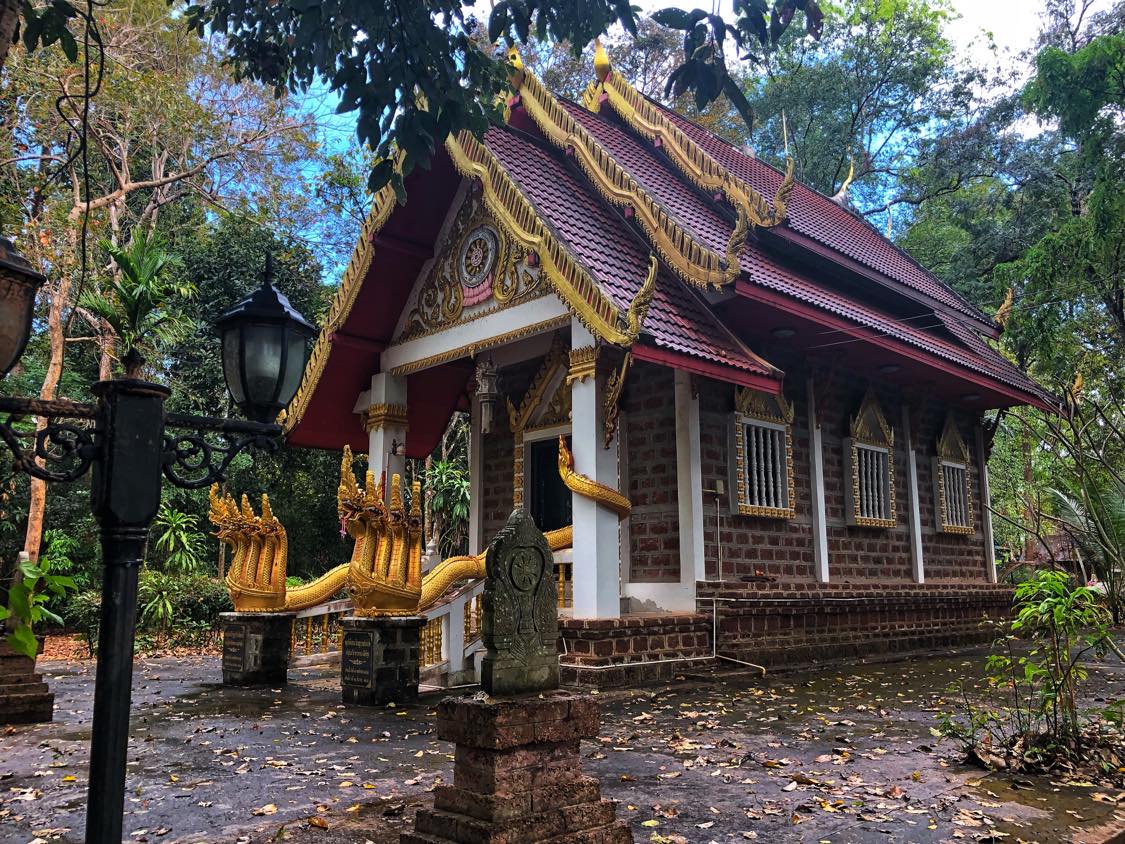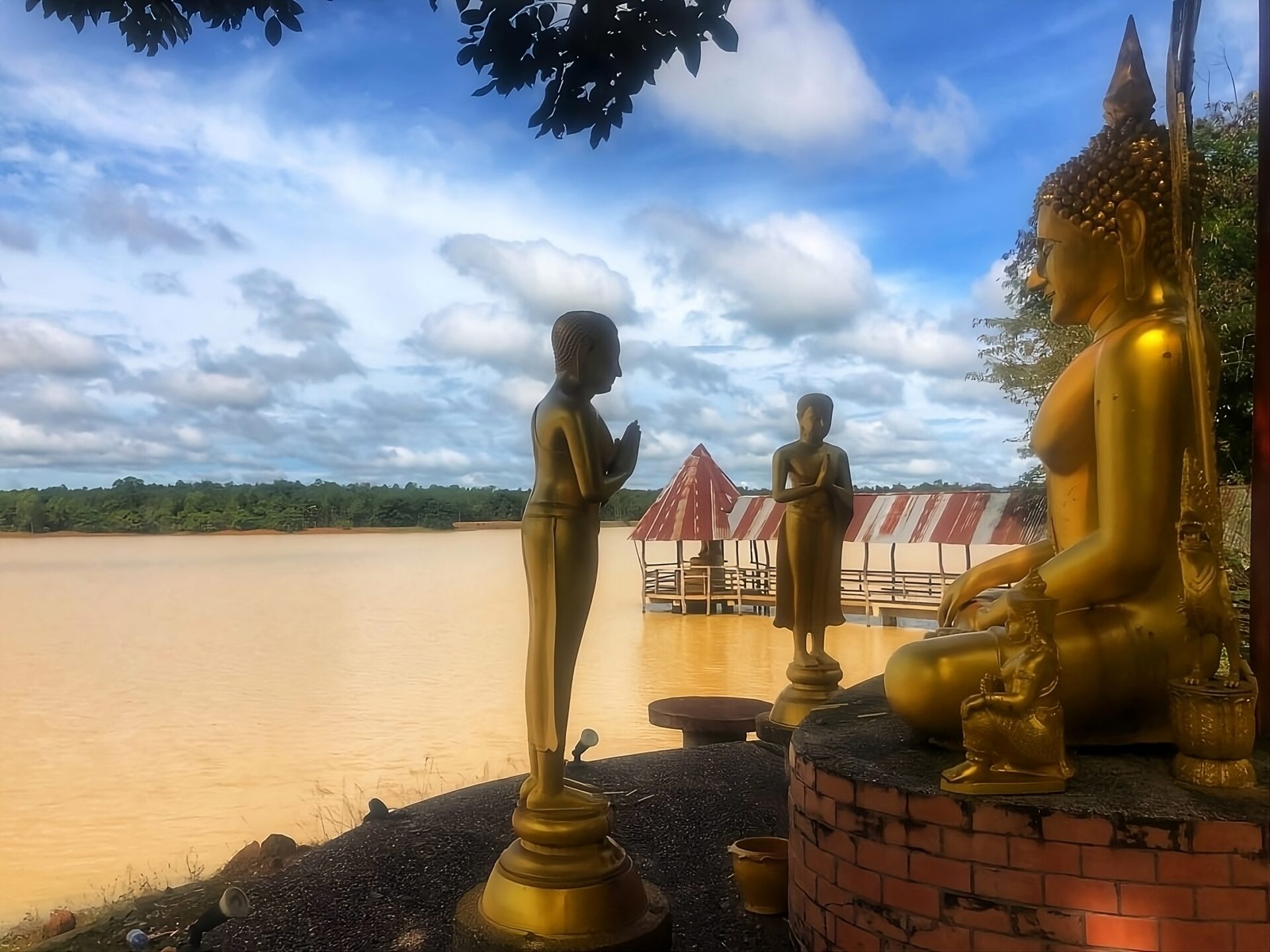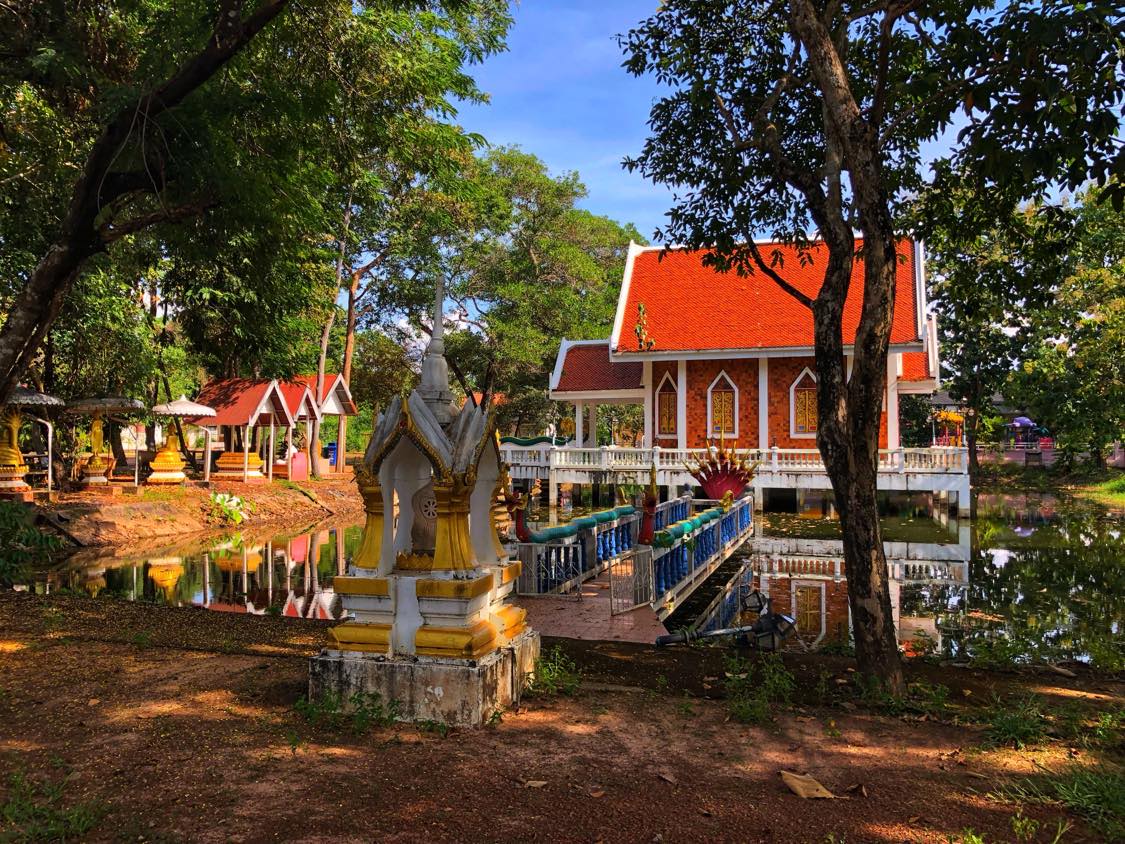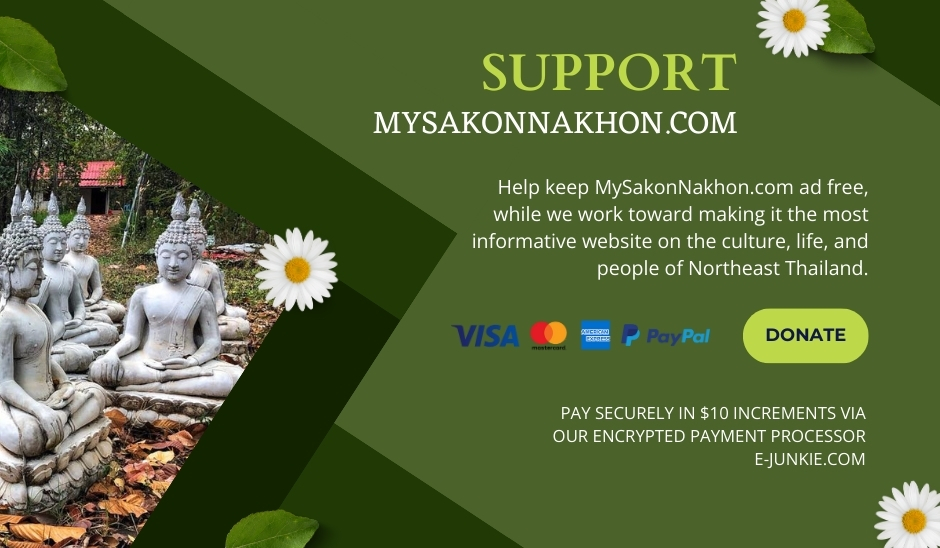
Why Does Thailand Have So Many Temples?

In our last post, we answered the question, “How many temples does Thailand have?” Now, let’s move on to another commonly asked question, “Why does Thailand have so many temples?”
To begin, it should be recognized that temples in Thailand are not simply places of worship. They also function as a unique kind of Thai non-profit organization, one with several roles, and many responsibilities and duties (especially historically speaking).
Around 95% of Thais are Buddhist, and most have strong ties to at least one Thai temple (be it the village temple where they live, or a nearby temple in a neighboring community). Many Thais also have a special relationship with one or two more well-known temples in their province, which they visit on special occasions to make merit.
In addition to being a place where religious activities take place (such as ordinations, blessing ceremonies, and funerals), many Thai temples, even today, serve as learning centers, providing childhood education and vocational training for entrepreneurs — as over 50% of Thais are self-employed.
Some temples also serve as healing centers. Villagers visit them to receive herbal remedies for common ailments, and monk-created ointments which (our own first-hand experience can confirm) does wonders in curing cuts, bruises, and rashes. Wat Kham Pramong, in the Northeastern province of Sakon Nakhon, even serves as one of the most famous alternative cancer treatment centers in Thailand.

Thai temples also serve an economic purpose. They are a gathering place where local Thai craftspeople can sell their handmade products, especially on Saturdays and on special “festival” days, when concerts are held on the temple grounds, dancers take the stage, and money is raised for the temple.
These “tam boon” (make merit) festivals can get quite rambunctious in the evening at some temples, especially in Isaan, which often is a bit of shock to outside observers. But they offer villagers a welcome break from their often boring work routines, and provide an opportunity to have some fun. They also help maintain community (social) cohesion.
Thai temples sometimes play an agricultural role during the harvest season. Their vast temple grounds can be used as a safe place for farmers to dry rice, instead of drying the crop in the street in front of their home or beside the paddies, which is technically illegal now in Thailand (although still often done).
In today’s digital era, where Thai society has enjoyed fast-paced economic progress, life has become complicated and confusing for many villagers. Temples thus serve as a spiritual refuge for many Thai people, a venue that provides a welcome sense of order, tradition, and simplicity, as well as transcendent beauty in the form of architecture, sculpture, and paintings. For many rural folk, a Thai temple is the only place where they ever will experience fine artwork in person.

Over the past decade, as the wealth of villages has grown (and Thailand slowly moves closer to a middle-class society), many rural temples have developed their grounds with beautiful new buildings, large Buddhist & Hindu statues, ornate pagodas, and various spiritually-inspired adornments.
This development of rural Thai temples has brought criticism from some activists who say that the money could have been better spent on projects that more directly benefit the lives of villagers. However, these activists don’t take into the consideration the importance of having a beautiful spiritual oasis in a Thai village, a place where one can feel inspired and be visually lifted above the cares and struggles of day to day life. Nor do they interview the villagers whose funds contribute to the temple’s development.
Thailand is a country that recognizes that there is more to life than “practical” concerns, of increased “efficiency,” of perpetual “economic growth”. Peace, harmony, and serenity are ideals that reign supreme in Thai culture, but at the same time there is a recognition of how easily these ideals can be cast aside in anger, frustration, egotism, and greed.
Thailand’s 40,000+ temples thus serve as a visible, beautiful reminder of those ideals that can lead the Thai people toward true happiness and away from sadness and grief.
- The Hidden Dharma of Thai Language & Culture - May 11, 2024
- The Royal Ploughing Ceremony in Thailand – A History - May 8, 2024
- Dying Well the Buddhist Way in Thailand - May 7, 2024




